I try to implement a frequency modulator.
From what I know, the more I vary the modulation index (which is set by the gain block here,) the more the spectral lines should increase in number.
When I increase the modulation index, the spectrum of my modulated signal does not change. Can someone explain to me why?
My signal (signal modulant) : \$m(t) = 3cos(2 \pi*f_m t ) + 6\$ , where \$f_m\$ = 500Hz
Carrier signal (porteuse) : \$p(t) = cos(2\pi*f_c t )\$ , where \$f_c\$ = 6kHz
Sample time of every signal = 1/1000
Here my schematic diagram:
With a modulation index of 0.2, the spectrum schema gives:
With a modulation index of 0.5, the spectrum schema gives:
Here is the design I have:
Narrow band FM modulation:
The output signal (signal modulé) in the scope gave me :




